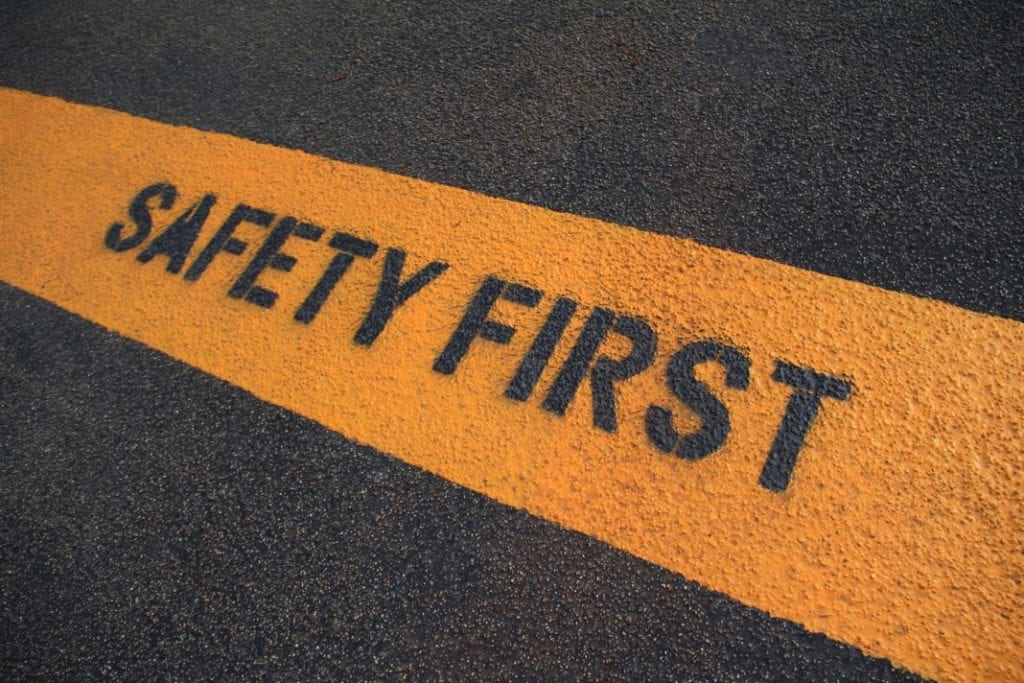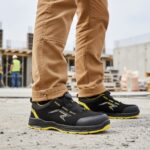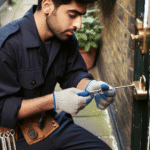Building sites represent, from a statistical point of view, the working reality in which it is easier to incur accidental events since there are both risks associated with the workplace and the equipment used.
To keep employees and visitors safe from accidents, Construction Site Protection Products are essentials to protect you from injuries and environmental exposure. There are numerous different types of safety equipment that can be used. These include hard hats, gloves, steel-toe boots, respirators (for dust), goggles or glasses (to protect against debris), earplugs and masks to prevent noise damage from loud machinery such as jackhammers or saws. An important point about this type of equipment is that it should always be worn when in an area designated as hazardous.
To ensure Safety, current legislation first prescribes identifying the risks present for workers and adopting a series of protection measures (both individual and collective) to eliminate or reduce them.
Click here for more info on the most comfortable safety glasses.
Safety on construction sites: the legislation
The Consolidated Law regulates Safety in the workplace on Safety; the part relating to construction, or temporary or mobile construction sites, is concentrated in Title IV and the various annexes of specific interest for construction sites.
We provide temporary solutions for construction sites, carrying out building engineering works concerning the construction, maintenance, repair, demolition, conservation, restoration, and renovation of buildings and other structures.

The Consolidated Law on Safety provides roles and responsibilities for each actor in the process, such as client, construction manager, safety coordinator. For example, the employer is obliged to draw up the Safety Operational Plan (POS) for safety planning concerning the single site concerned.
On the other hand, the safety coordinator is a critical figure in the intermediate position between the client and the designer, responsible for the first and indispensable planning and organization of Safety in the dockyard. The figure splits into two functions, with distinct roles, which two different professionals may also cover: the safety coordinator in the design phase (CSP) and the safety coordinator in the execution phase (CSE).
Safety on site: risk assessment and safety planning
Correct safety planning requires the list of activities for executing the work and the prior determination of the subjects who will have to intervene on the site, with the modalities of their rotation and any work interference.
Any interference detected through the investigations deemed most appropriate from time to time must be evaluated. Consequently, it is necessary to find the best technical-constructive solution to eliminate or reduce as much interference as possible.
Any interference detected through the investigations deemed most appropriate from time to time must be evaluated. The best way to minimize interference is to find a method that will eliminate it or reduce it.
The a priori analysis is carried out, instead, starting from a possible risk connected to the work activity (the fall of a worker from a scaffold), analyzing the possible circumstances that can determine it (absence of individual, collective protections, the inefficiency of protective devices, etc.). This last type of analysis is the one usually adopted for the construction site.
The types of intervention that can be implemented to safeguard the safety of a work environment are of two types: prevention, that is, the reduction of the probability that the event that can cause damage will occur; protection, i.e. limiting the adverse effects of a malicious event.

After identifying and estimating each risk, it is necessary to identify the risk prevention and protection measures to be implemented, which may consist of:
- Organizational and operational procedures.
- Technical measures of prevention and collective protection.
- Proper usage of protective equipment.
- Information, education and training activities for workers.
- Technological updates.
For this purpose, it is needed to draw up, at least in general terms, a construction site regulation that provides which systems and collective protection devices (DPC) must be present in the various working phases. For example, about the execution of work at height, employers must choose equipment that guarantees safe working conditions. Furthermore, bosses are obliged to ensure their employees’ Safety by providing collective protection measures (e.g., scaffolding or work platforms). Personal protection measures vary depending on the type and severity of risk involved in each situation.
The protective devices (DP) are therefore part of the safety design, which is the basis of every production process and can be of two types: collective protective equipment (DPC) or personal protective equipment (PPE).






